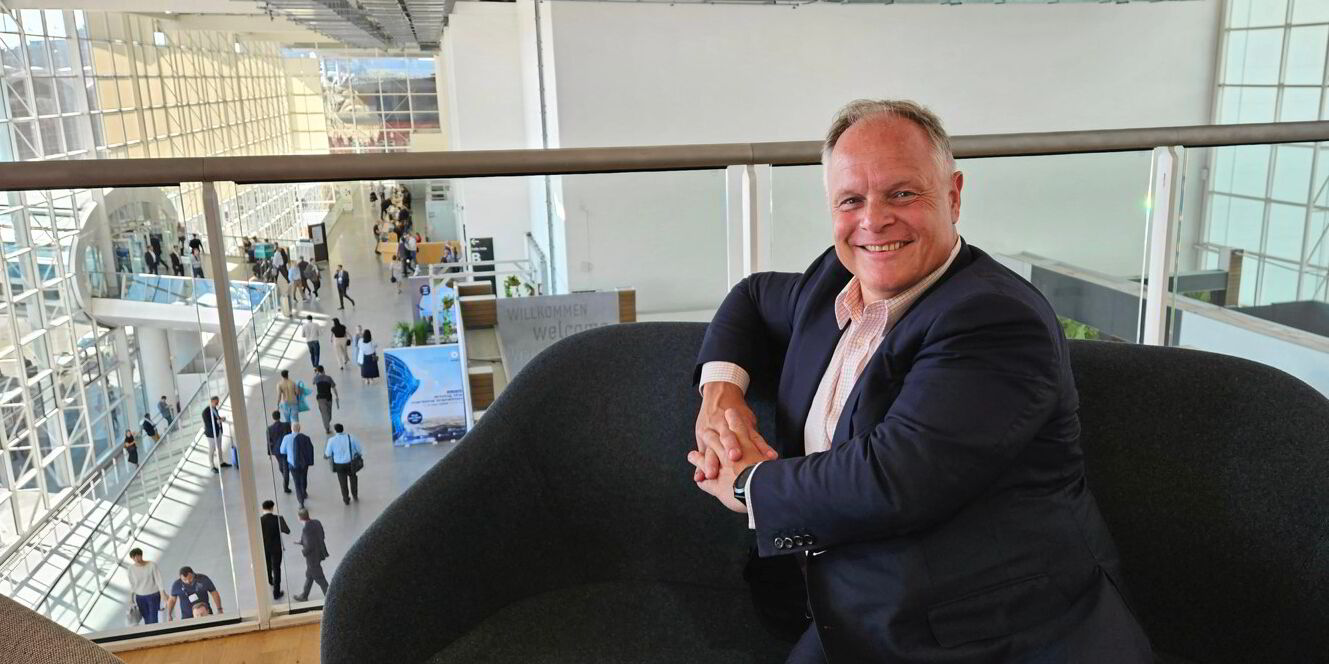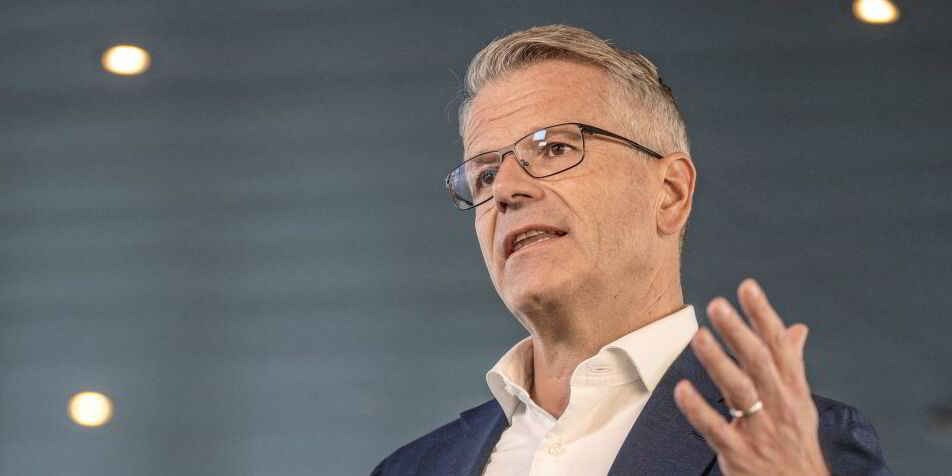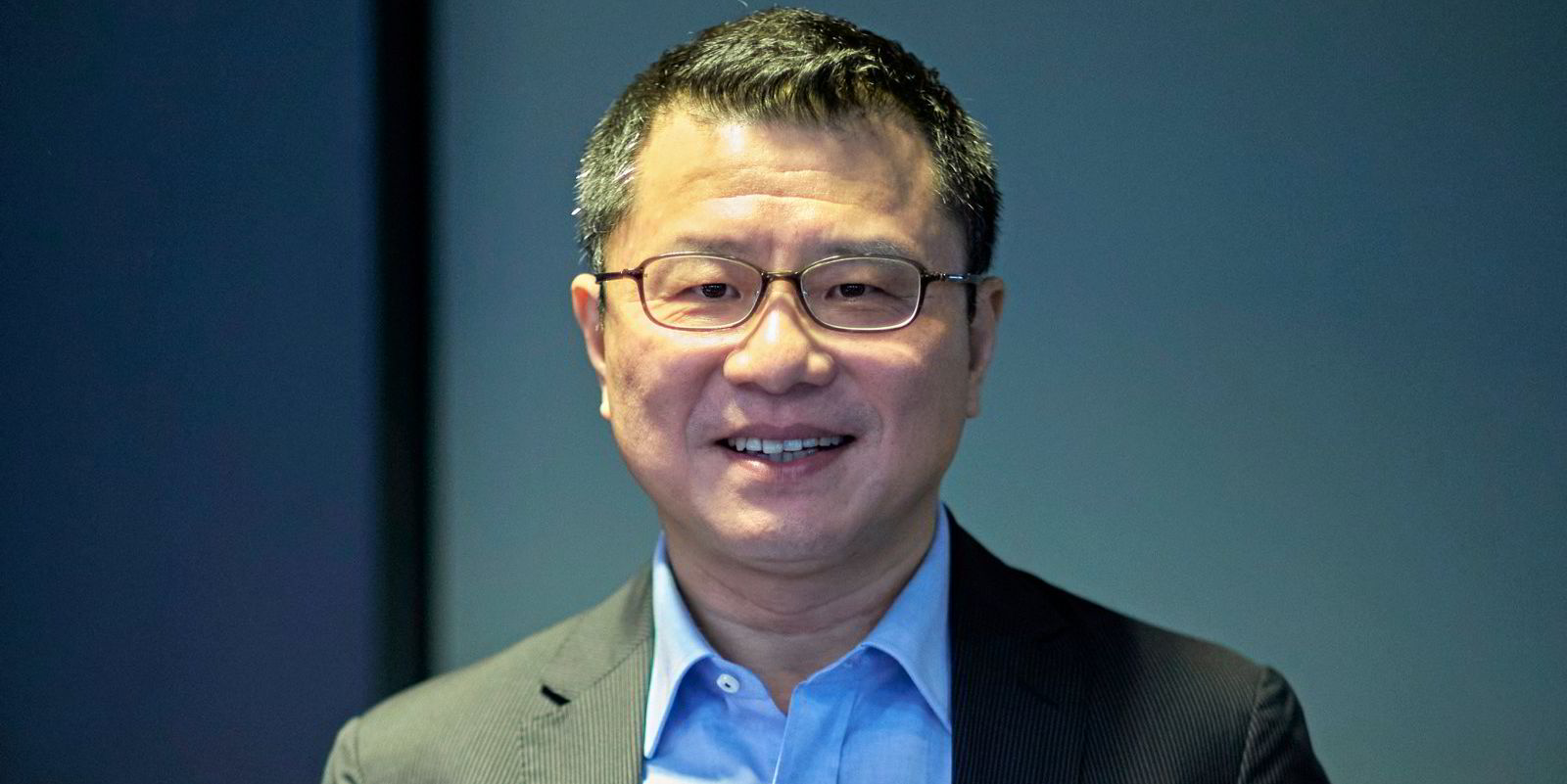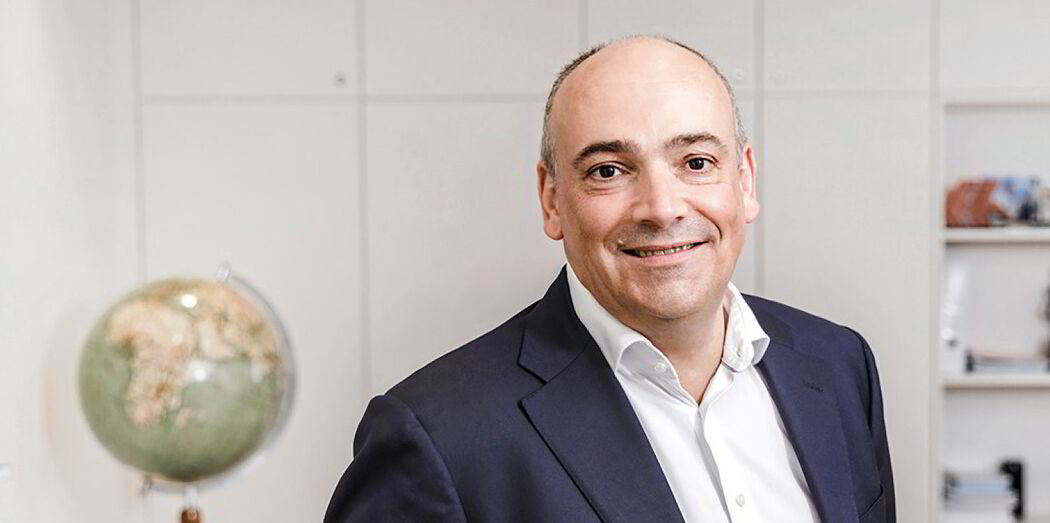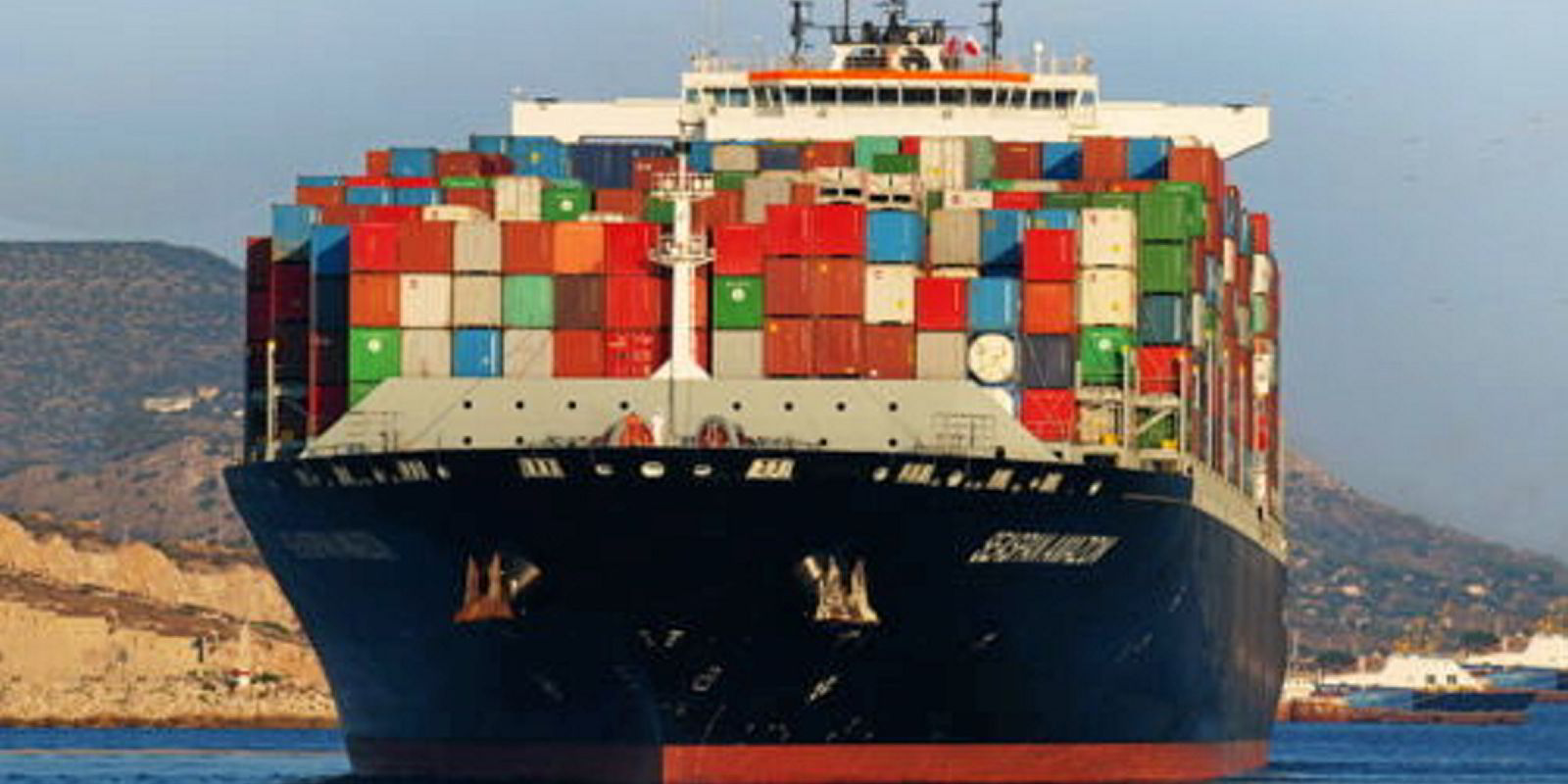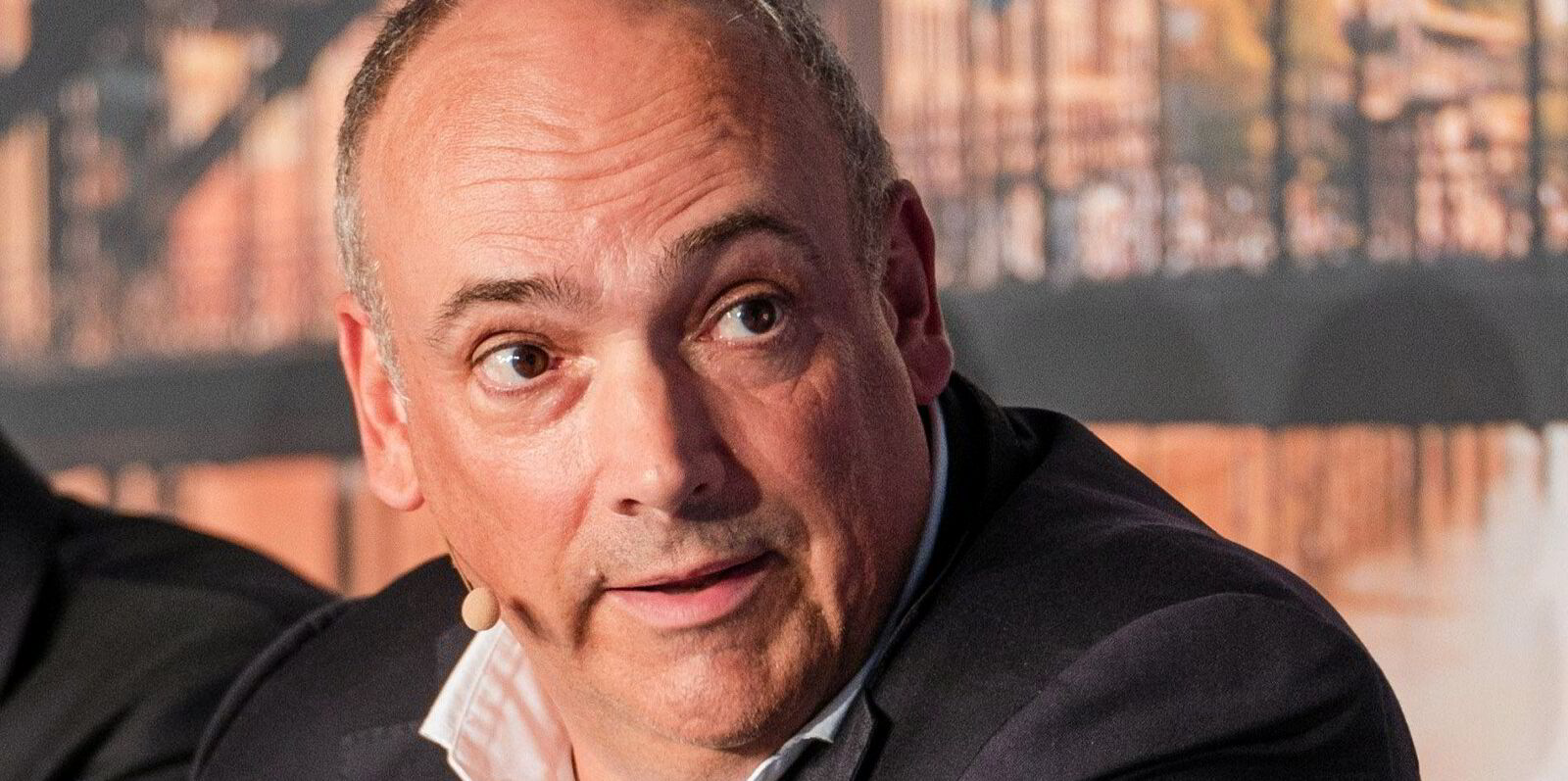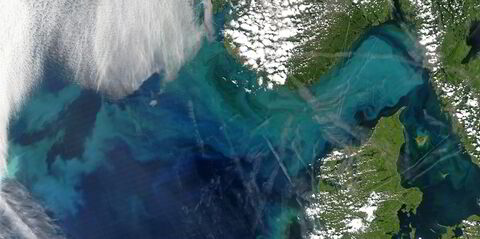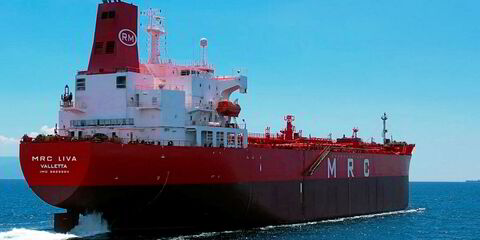If an orderbook of 70 container ship newbuildings delivering at a rate of about one a week was not enough, Canada’s shipowning tonnage provider Seaspan Corp has inked another 32 and is probably not yet done for the year.
Chief operating officer Torsten Pedersen simplifies Seaspan’s meteoritic growth.
By the end of 2024, the company will have almost 200 vessels comprising just shy of 2m teu, he explained.
Its newbuilding programme of 70 ships, which has doubled crew numbers, is being completed this year and in early 2025.
This year, Seaspan has gone on to ink contracts on 32 newbuildings. TradeWinds recently linked Seaspan to a raft of at least 19 LNG dual-fuelled vessels for AP Moller-Maersk.
Some of the 32 contracts will be novated to other parties, leaving 23 newbuildings on Seaspan’s account when they start delivering in about two years.
Speaking to TradeWinds at SMM in Hamburg, Pedersen — who joined the company in 2019 after a long career with Maersk and Svitzer — said that asset owner and operator Seaspan had inked 100 newbuilding orders since 2022.
He said the company is now the biggest independent tonnage provider of container ships and is fast becoming one of the largest owners of vessels in the sector.
It is not all about boxships.
The company has recently moved into the pure car/truck carrier market with an order for six newbuildings for 2026 delivery against charters with Hyundai Glovis.
Pedersen revealed the company had been looking at the sector for some time. While car carriers have a slightly different approach to cargo, he said the sector fits Seaspan’s operating model in that it is a stable business with long-term contracts.
“We will be looking to expand [in the sector],” he said.
“We don’t go into things where we can’t make a significant contribution. We are also quite disciplined and think through what we can offer and what is our relevance within a given sector.”
The COO said container ships have been Seaspan’s “bread and butter” for the past 20-plus years.
The company has amassed newbuilding expertise, contracting mostly larger vessels — the smallest under construction is 7,000 teu.
“We are looking potentially to go into the feeder segment if contract terms and longevity are attractive to us,” Pedersen said.
Tail-end risk
Asked if the company will add to its newbuilding tally for 2024, Pedersen said: “I would hope so but nothing is signed.”
He revealed that increasingly, strategic discussions with customers centre on what fuel will be used.
But, ultimately, Seaspan’s business case is trumped by vessel charterers that dictate fuelling choice.
Pedersen does not see Seaspan taking a position in fuel production to secure supply. “We are not experts in that,” he said.
But he revealed that the company has discussed whether it should provide fuel for a ship while it is on charter.
He said Seaspan is looking at how it can tailor the structure of any deal, adding that its role was to take some of the tail-end risk on the vessel.
“We are focusing on good operations,” he said. “We are not speculators. We do not sign a newbuilding contract without also signing a charter contract at the same time.”
He said the company describes Seaspan’s way of working as “an integrated operating model” in that the company thinks like a shipowner — something he believes resonates with its owner customers.
This means there is not simply a Seaspan technical team sitting down for project discussions, he explained, but also commercial, operational and finance personnel.
Fast mover
Pedersen said Seaspan can move quickly financially and is keen on long-term contracts to drive efficiencies.
It can also be fast at scaling up or down, although there has been no downward adjustment in the last three to four years.
“We think long-term, but we have to be agile short-term, otherwise we forget who we are, and we become too slow to move,” he said.
Pedersen said the growth that has occurred over the past three to four years in container shipping has never been seen before.
Seaspan was surprised by the second surge in container ship orders this year. But he believes that as prices increase and delivery times go further out, there will be a natural tapering off in ordering with owners not needing to take that decision yet.
“There has been a lot of push for newbuildings and we’ve been part of that,” he said.
He said these are the “golden years” for shipyards. Seaspan can still find slots for 2027, but they are few and far between. The next berths are from 2028, but he said owners are not in a “massive hurry” and will charter their way through until newbuildings arrive.
Fuelling focus
Pedersen is clearly deeply involved in fuelling discussions where he, like others, has seen the trend move from conventional fuels to LNG to methanol and back to LNG.
But he is also cautious to elaborate on the reasons for these moves: “When you are part of making the market you cannot be external to the market and give an observation.”
“I’m always concerned about saying it has to be perfect from the start as then we get nowhere.”
He said that accepting blue ammonia or methanol as a gateway would still be beneficial. “Blue is still progress. It might not be the end state, but it is still progress.”
Seaspan has recently won approval in principle for an ammonia dual-fuelled container ship and a 3,000-teu feeder ship — which can be scaled either way — and is seeing customers who want to explore this fuelling option.
He believes there is no reason why the first ammonia dual-fuelled boxships should not be in operation this decade.
LNG remains an attractive fuelling option and Seaspan will, in time, have between 50 and 60 LNG dual-fuelled ships in its fleet.
Pedersen confided that the company had researched if these vessels would prove technologically obsolete but found that with drop-in fuels, they would be able to trade through to 2050.
“We are looking at an investment case of 25 years. If we don’t feel comfortable that these vessels can go all the way, then we include a retrofit in our business case.”
Seaspan is deep in a project to retrofit five of its vessels to methanol dual-fuelling that are chartered to Hapag-Lloyd. The company has worked with engine designer MAN Energy Solutions to develop a package that will be carried out during the vessels’ dry-dockings.
These will become Seaspan’s first boxships running on methanol. He admitted others have been contracted this year but is coy on the details.

LNG retrofits are not off the table either. Pedersen said that while the company would not have looked at them three years ago, they are no longer prohibitively expensive and are worth considering.
“Bing Chen [Seaspan’s chief executive] and I have been very vocal that if you want to decarbonise retrofitting is an arrow you must have in your quiver.
“You can’t newbuild your way to decarbonisation. It is horribly expensive,” he said, adding that as retrofits become more standard, they will also be cheaper.
He gives the example of paying $20m to $25m to convert a 10,000-teu conventional-fuelled vessel into a methanol dual-fuelled ship compared with buying a new vessel that would be priced in the region of $150m to $160m.
Efficiency focus
An economist by training, Vancouver-based Pedersen has a keen eye on what scale and efficiencies can bring to the business.
In his 20s, the Dane planned to go into banking, but the bright lights and global reach of the then huge conglomerate of the Maersk Group lured him and he started work in corporate finance before moving to the liner department.
Pedersen dived in on the travel opportunities, working in Pakistan, South Korea, Italy, Sweden and Dubai — he has not worked in Denmark since 1999 — before leaving the company to “try something else” and eventually joining Inchcape, where he was present for the V.Group tie-up.
A lifelong, if inexplicable, Everton fan from an exceptionally early age — apart from two dark years following Manchester United — he played a great deal of football in his youth but today enjoys unwinding on the golf course.
